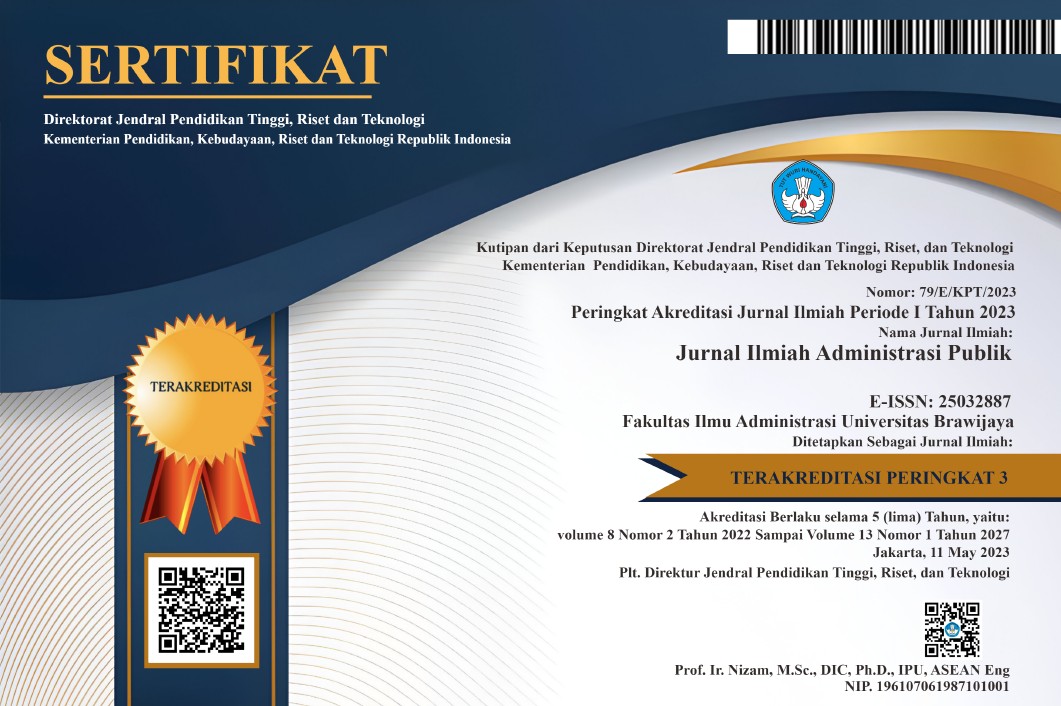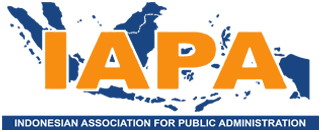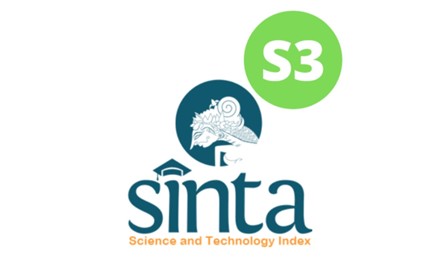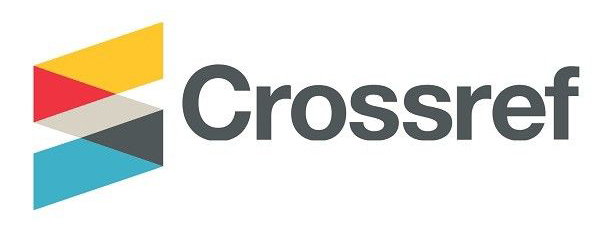Transformation of Public Research Institutes’ Role in Indonesia: The Case of Indonesian Institute of Sciences (LIPI) and the Agency for the Assessment and Application of Technology (BPPT)
DOI:
https://doi.org/10.21776/ub.jiap.2017.003.03.7Keywords:
Transformational role, S&T development strategy, public research instituteAbstract
The government of Indonesia has a changing strategy for Science and Technology (S&T) development. This condition has influenced institutional development, which in turn may have affected the transformational role of public research institutes. This study attempts to investigate the trajectory of Indonesian S&T development strategy from the colonial era through the Old Older, the New Order, and following the Asian Financial Crisis. In response to this changing of development strategy, it eventually analyzes how the role of public research institutes has transformed, by takings LIPI and BPPT as case studies. This study employs a historical approach by using interview and document analysis to investigate the trajectory of S&T development in Indonesia and the transformation of LIPI’s and BPPT’s role. The findings suggest that political transformation has much affected the government’s strategy on Indonesian S&T development. Moreover, LIPI and BPPT tend to transform their role following the government’s strategy by giving less consideration to either demand from society and industry or their strong point of early inception.
References
Agency for the assessment and application of technology (BPPT). (2016). The 2015 BPPT’s Annual Report. Jakarta: BPPT.
Amir, S. (2013). The technological state in Indonesia: The co-constitution of high technology and authoritarian politics. London: Routledge.
Bimantara, J. (2015, December 11). Kompas Daily. Retrieved from: http://print.kompas.com/baca/2015/12/11/Kebutuhan-Industri-Bertemu-Tawaran-Riset
Boomgaard, P. (1993). The development of colonial health care in Java: An exploratory introduction. Bijdragen tot de Taal-, Land- en Volkenkunde 149(1), 77–93.
Boomgaard, P. (2006). The making and unmaking of tropical science: Dutch research on Indonesia, 1600–2000. Bijdragen tot de Taal-, Land- en Volkenkunde, 162(2/3), 191–217.
Cabinet Secretary. (2010). Presidential Decree No. 5 of 2010 on The Mid-Term National Development Planning 2010–2014.
Center for Innovation. (2015, February 03). Retrieved from http://www.inovasi.lipi.go.id/en/news/penguatan-jejaring-kegiatan-diseminasi-dan-alih-ilmu-pengetahuan-dan-teknologi-lipi
Edquist, C. (2004). System of innovation: Perspectives and challenges. In J. Fagerberg, D. C. Mowery, & R. Nelson, The Oxford handbook of innovation (p. 183). London: Oxford University Pess.
Hill, H. (1994). The Economy. In H. Hill, Indonesia's New Order (pp. 54–114). New South Wales: Allen & Unwin Pty Ltd.
Hill, H. (1995). Indonesia's great leap forward? Technology development and policy issues. Bulletin of Indonesian Economic Studies, 31(2), 83–123.
Hill, H. (1997). Indonesia's industrial transformation. Singapore: Institute of Southeast Asian Studies.
Intarakumnerd, P., & Goto, A. (2016). Role of public research institutes in national innovation systems in industrialized countries: The cases of Fraunhofer, NIST, CSIRO, AIST, and ITRI. RIETI Discussion Paper Series 16-E-041.
LIPI. (2016). Laporan kinerja instansi pemerintah LIPI Tahun 2015 [LIPI's annual report 2015]. Jakarta: LIPI.
OECD. (2013). Indonesian innovation profile: Part of OECD reviews of innovation policy innovation in Southeast Asia. Retrieved from http://dx.doi.org/10.1787/9789264128712-en
Pitono, D. (1996). The development of strategic industries in Indonesia. In L. Hakim, Industrial and technology policy for economic development in Indonesia (pp. 96–107). Jakarta: Pappiptek LIPI.
Pyenson, L. (1989). Empire of Reason: Exact sciences in Indonesia, 1840–1940. Leiden: E.J. Brill.
Reid, Anthony. (2015). A History of Southeast Asia: Critical Crossroads, Chichester: Wiley Blackwell.
Rice, R. C. (1998). The Habibie approach to science, technology, and national development. In H. Hill, & K. W. Thee, Indonesia's technological challenge (pp. 185–198). Singapore: Institute of Southeast Asian Studies.
Ricklefs, M C, Bruce Lockhart, Albert Lau, Portia Reyes and Maitrii Aung-Thwin. (2010). A new history of South East Asia, Basingstoke: Palgrave Macmillan
Sato, Y. (2017). State, Industry, and Business in Indonesia's Transformation. In B. Khoo, K. Tsunekawa, & M. Kawano, Southeast Asia beyond Crises and Traps: Economic Growth and Upgrading (pp. 71-99). London: Palgrave Macmillan (about to being published).
Downloads
Published
Issue
Section
License
If your paper is accepted, the author identified as the formal corresponding author for the paper will receive an email prompting them to login into Author Services; where via the JIAP Author Licensing Service they will be able to complete the license agreement on behalf of all authors on the paper.














